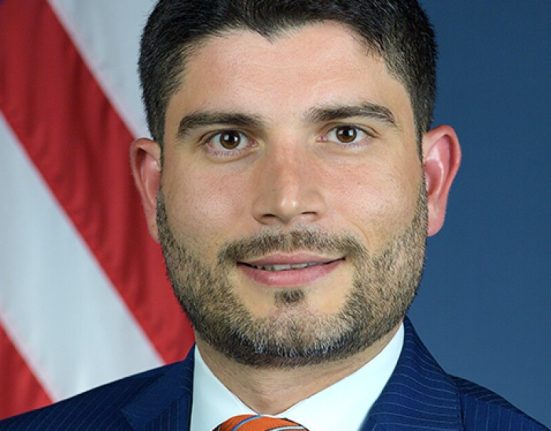On March 13, 2020, then-President Donald Trump declared the nascent COVID-19 pandemic a national emergency. In April 2023, President Biden officially terminated the national emergency. Four years removed from the official onset of COVID-19, schools and students still face a host of pandemic-related symptoms, including stagnating test scores and stubbornly high chronic absenteeism. In other words, the pandemic is over, but the kids are (still) not alright.
As the country went into lockdown in early 2020, lawmakers scrambled to enact legislation to allocate federal dollars for schools and districts across the country “for the purpose of providing local educational agencies . . . with emergency relief funds to address the impact that COVID-19 has had, and continues to have, on elementary and secondary schools.” In three bills over the course of a year, the US government established and replenished the Elementary and Secondary School Emergency Relief fund, also known as ESSER, to the tune of $190 billion—more than three times what the federal government spends annually on K–12 education.
ESSER funding was meant to alleviate education-related issues associated with the pandemic. No one is arguing ESSER funding to fully soften the pandemic’s effects on students. But given the extent of public schools’ remaining challenges, there is plenty of argument about how that $190 billion was spent, and how much good it did.
In the near term, the more important—and inarguable—fact is that ESSER funding runs dry this September. This means that states and districts that have not obligated all of their allocated ESSER money will lose the remainder. It also means that programs and services underwritten by ESSER funds will either have to end or find funding elsewhere. The current situation—in which the nation’s schools have more pandemic fixing to do and federal funds for those fixes are drying up—raises a crucial question: Should the federal government spend substantially more to help schools rectify learning loss, address chronic absenteeism, or ameliorate other acute pandemic-related problems?
That sounds like a debate worth having.
The evening of May 16, I will be hosting that debate at AEI. Four education policy experts will hit the AEI debate stage before a live audience to argue for and against the motion: “$190 billion was not enough: The federal government should spend billions more on pandemic learning loss.”
Arguing for the motion will be Jens Ludwig of the University of Chicago and Nakia Towns of Accelerate. Eric Hanushek of Stanford University’s Hoover Institution and Christopher Ruszkowski, the former secretary of education for the state of New Mexico, will be arguing against the motion.
Beyond the specifics of the motion, this debate will raise hard-hitting questions that strike at the core of education policy today: Is the federal government the right source of additional recovery spending?, Would additional federal funding lead to significant better outcomes for students?, and What might happen if the federal government does not provide additional funding? These issues are top of mind for our all-star panel, and they will marshal the best arguments on their respective sides of each question.
In this event, as in all of our education policy debates, our audience determines the winner. At the start, audience members, both in person and online, vote on the motion. Immediately after the debate, the audience votes again. The side that changes the most votes will win.
Best of all, the audience can join the debaters at a wine and cheese reception after the debate adjourns. So, bring a date, grab a glass of wine, and help us decide whose arguments are the most convincing on this crucial question.







